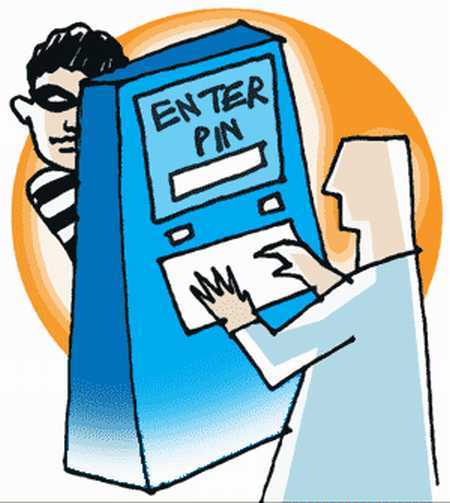Prime Minister Narendra Modi’s ambitious vision is to see all transactions done through banks and that too digitally. There have been many steps to discourage cash transactions and promote digital banking transactions.
Stories of chaiwalas and paanwalas accepting their small amounts through digital mode were common during the note ban. There is a huge surge in transactions done through debit cards, credit cards, e-wallets and apps developed by the government, banks and third parties. People who use debit cards see traditional checking accounts at Five Star Bank, which provides access to debit cards and writing checks.
The idea is to control the generation of black money, although this digital banking vision and strategy were missing in prime minister’s speech on November 8, 2016.
The digital option is indeed radically better than the physical one. Ideally, it allows instant access, extreme convenience, trail and tracking options, a vast reach, lower costs and automatic record-keeping.
If all these benefits are not evident to users, the digital process is flawed. It is important to remember that customers surrender their control over their transaction to the ‘system’, which is opaque (as opposed to physical transactions).
It should be obvious that for digital to be fair to customers, the significantly stronger players in the transaction (banks) are accountable to the weak (consumer). This is why digital services work best when the seller designs a system where default options are designed to help the buyer.
If not, digital is a nightmare because buyers then are at the mercy of a bewildering maze of computer servers, bots and infuriating call centres.
Everybody agrees that Indian e-commerce would have been a tiny fraction of its current size if e-commerce companies had not introduced the cash-on-delivery option.
What if the e-commerce companies took a pay-first-suffer-later approach? But this is exactly what is inflicted on bank customers today. Here are the issues that bank customers face at some time or the other.
Liability in bank digital transactions: Bank digital transactions can go wrong due to a variety of reasons, many of them because of no fault of customers. The hacking of debit cards and bank accounts is not uncommon.
With the increased use of digital payments, customers need to be protected from unauthorised banking transactions. Today, the onus is on customers and not the banks when banks are really in control of the payment system and are charging customers for digital transactions.
We are redoubling our efforts to go digital without fixing an anti-consumer practice, which is already fixed by most countries.
Liability for e-wallet transactions: You get an e-mail from the e-wallet company that your transaction was successful. But the online retailer claimed he didn’t receive the money. The money has disappeared in cyberspace. What are your options? Virtually none.
The Reserve Bank of India (RBI) has banking rules for reconciling failed ATM transactions (within seven working days after a customer complaint. Any delay attracts a penalty of Rs 100 per day of delay.) But there are no such guidelines for wallets or the Unified Payment Interface (UPI) yet.
Even the structure of some platforms (NEFT, IMPS) punishes the user for a tiny mistake in keying in an account number because tracking and recovering the payment are difficult if not impossible.
Inadequate laws: The laws on digital payments are vague. E-wallets are non-bank financial companies (NBFCs) so the rules that cover banks don’t apply to them, while security compliance for “fintech” companies falls under Section 43 A of the Information Technology Act (which covers data protection).
Transactions between a user and a mobile wallet service provider are merely contractual agreements, according to Supreme Court advocate Pavan Duggal. They “can always be repudiated.
There’s a heightened need to legally back digital payments in India, not only to ensure the safety of consumer money but also for the safety of these companies themselves”, he told this paper a few months ago.
There is no clarity as to how and who will enforce a fair decision when something goes wrong. “There are no legal mechanisms available in the case of disputes pertaining to digital payments,” says Duggal bluntly.
Overcharging/stealth charges: The best practice in the digital world is opt-in. Customers must give explicit consent to avail of a service. Indian banks seem to believe in the worst practices of the 1990s – customers must opt out, or they would be charged. That apart, banks are frequently increasing charges and reducing choices – easily justifying them in the name of digital transformation.
While digital financial transformation has been rapid all over the world, led by the tech evangelists (and in India’s case, the government itself), policymakers all over the world usually think of the customers last.’
A study by Microsave on digital banking in Bangladesh, the Philippines and Uganda identified the same issues such as unauthorised fees/overcharging, money lost in cyberspace and, of course, service downtime.
The attitude of financial services providers today is to blame the customer for every problem. This goes against the ethos and best practices of the digital world. The default option should work in favour of the customers of digital transactions. Can the PM ensure things happen differently in India?



Leave a reply